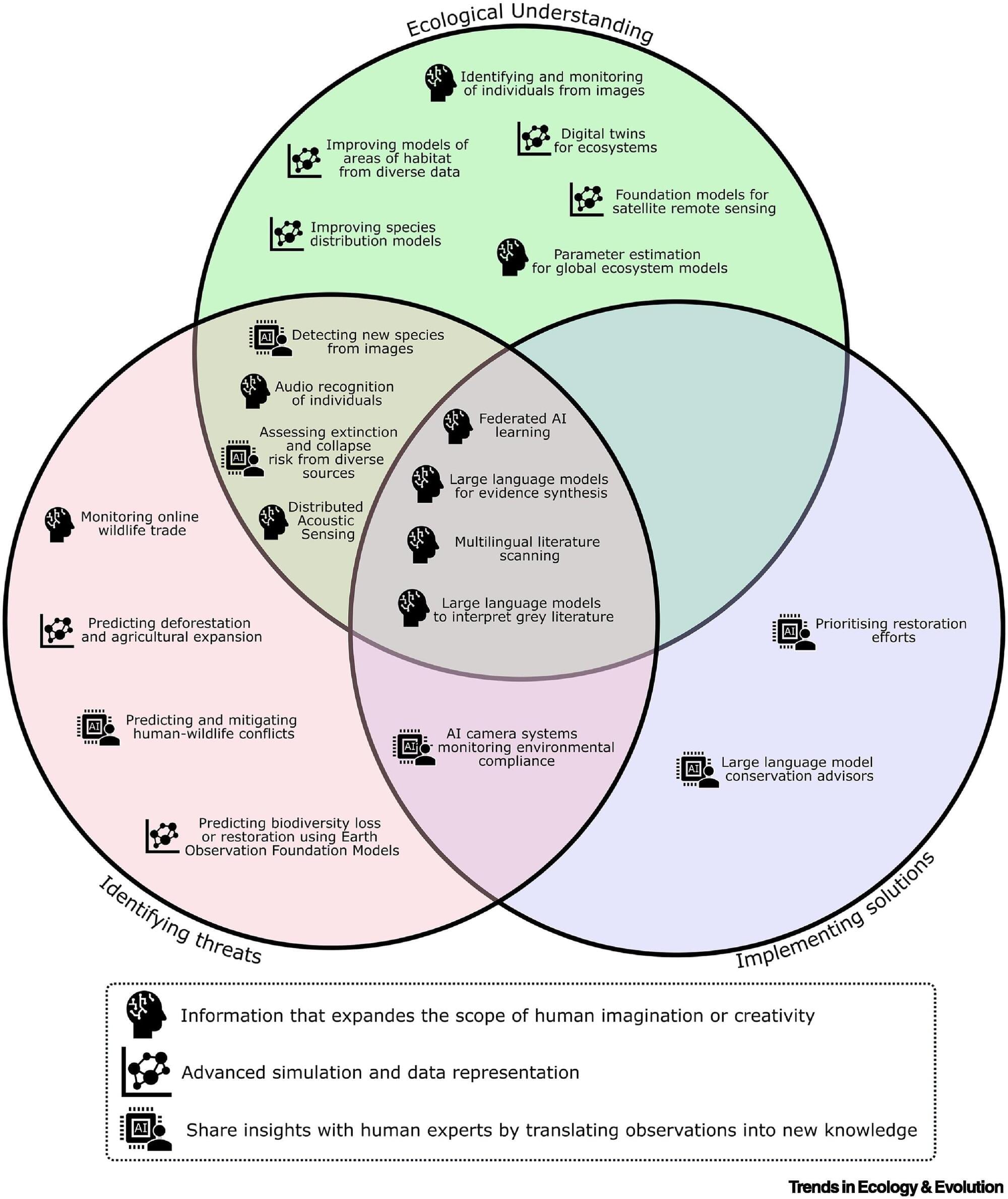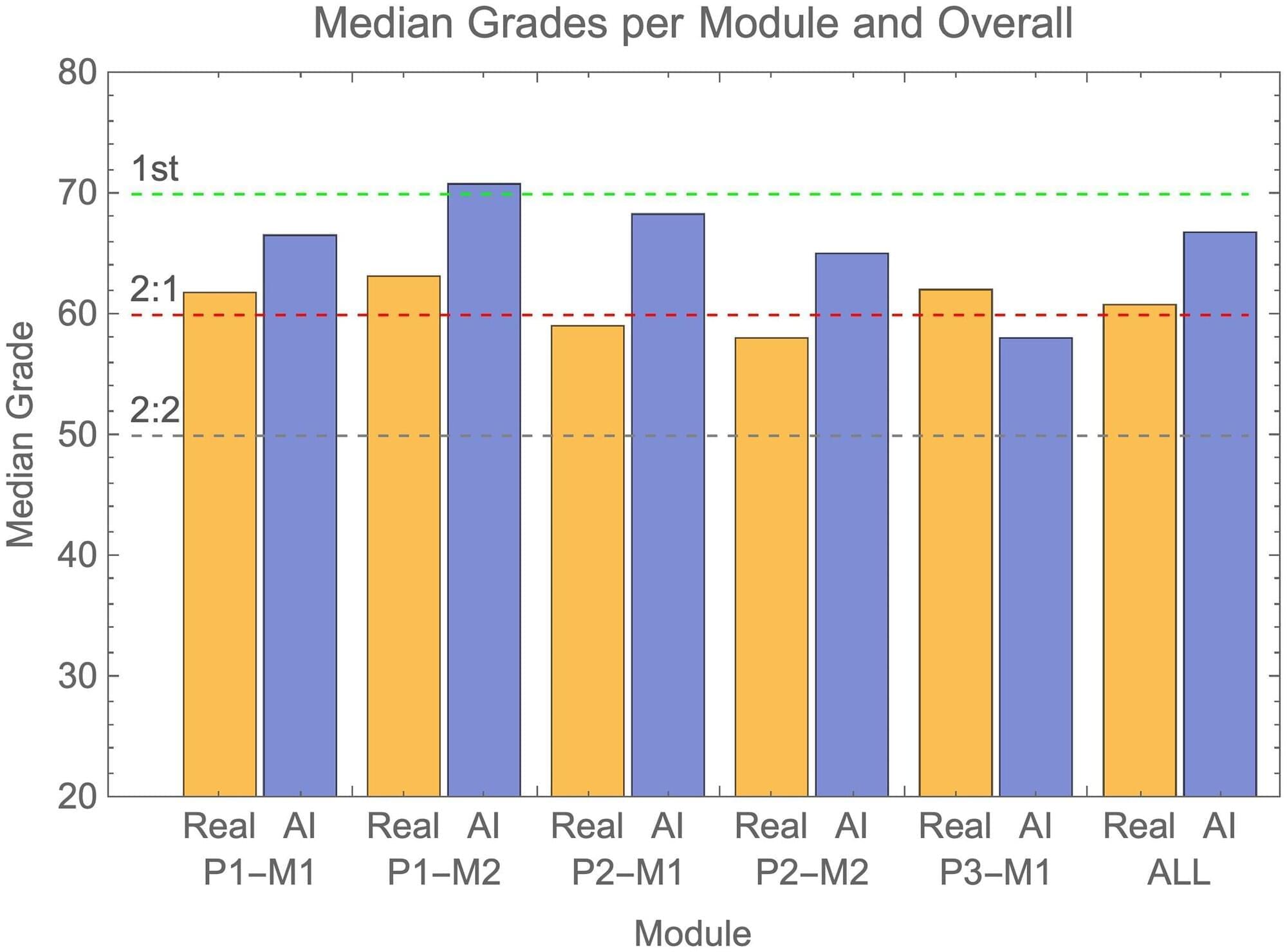Dive deep into the fascinating world of evolution, but this time, we’re going way beyond the basics of Darwinism! We explore alternative theories that challenge the traditional view of \.
Get the latest international news and world events from around the world.

From Blockchain to Brainwaves: Coinbase Co-Founder Fred Ehrsam Enters the Neurotech Race with Non-Invasive BCI Startup Nudge
Fred Ehrsam, billionaire co-founder of Coinbase, is shifting his next big bet from cryptocurrency to the human brain, unveiling a non-invasive brain-computer interface designed to modulate brain activity with sound waves.
Ehrsam’s entry as the latest competitor to join the race to develop accessible brain-computer interfaces (BCIs) follows similar recent efforts from tech leaders like Elon Musk, Jeff Bezos, and Bill Gates.
On April 8, Ehrsam’s startup, Nudge, unveiled its first product, the Nudge Zero. A noninvasive brain interface device that uses ultrasound to modulate brain activity, the technology represents the first start-up venture to pursue this unique approach with BCI technology.

Universe expected to decay in 10⁷⁸ years, much sooner than previously thought
The universe is decaying much faster than thought. This is shown by calculations of three Dutch scientists on the so-called Hawking radiation. They calculate that the last stellar remnants take about 1078 years to perish. That is much shorter than the previously postulated 101100 years.
The researchers have published their findings in the Journal of Cosmology and Astroparticle Physics.
The research by black hole expert Heino Falcke, quantum physicist Michael Wondrak, and mathematician Walter van Suijlekom (all from Radboud University, Nijmegen, the Netherlands) is a follow-up to a 2023 paper by the same trio.

Black hole evaporation: Theoretical study proves Stephen Hawking partially correct
New theoretical research by Michael Wondrak, Walter van Suijlekom and Heino Falcke of Radboud University has shown that Stephen Hawking was right about black holes, although not completely. Due to Hawking radiation, black holes will eventually evaporate, but the event horizon is not as crucial as had been believed. Gravity and the curvature of spacetime cause this radiation too. This means that all large objects in the universe, like the remnants of stars, will eventually evaporate.
Using a clever combination of quantum physics and Einstein’s theory of gravity, Stephen Hawking argued that the spontaneous creation and annihilation of pairs of particles must occur near the event horizon (the point beyond which there is no escape from the gravitational force of a black hole).
A particle and its anti-particle are created very briefly from the quantum field, after which they immediately annihilate. But sometimes a particle falls into the black hole, and then the other particle can escape: Hawking radiation. According to Hawking, this would eventually result in the evaporation of black holes.

Drug to slow Alzheimer’s well tolerated outside of clinical trial setting, study finds
The Food and Drug Administration’s approval in 2023 of lecanemab—a novel Alzheimer’s therapy shown in clinical trials to modestly slow disease progression—was met with enthusiasm by many in the field as it represented the first medication of its kind able to influence the disease. But side effects—brain swelling and bleeding—emerged during clinical trials that have left some patients and physicians hesitant about the treatment.
Medications can have somewhat different effects once they are released into the real world with broader demographics. Researchers at Washington University School of Medicine in St. Louis set out to study the adverse events associated with lecanemab treatment in their clinic patients and found that significant adverse events were rare and manageable.
Consistent with the results from carefully controlled clinical trials, researchers found that only 1% of patients experienced severe side effects that required hospitalization.

Scientists hail new ‘industrially viable technology’ that can squeeze hydrogen from seawater
Researchers from the University of Sharjah claim to have developed a novel technology capable of producing clean hydrogen fuel directly from seawater, and at an industrial scale.
In a study published in the journal Small, the researchers report that they extracted hydrogen without the need to remove the mineral salts dissolved in seawater or add any chemicals.
According to the authors, the technology enables hydrogen extraction from seawater without relying on desalination plants, which require massive investments totaling hundreds of millions of dollars.

AI tools may be weakening the quality of published research, study warns
Artificial intelligence could be affecting the scientific rigor of new research, according to a study from the University of Surrey.
The research team has called for a range of measures to reduce the flood of “low-quality” and “science fiction” papers, including stronger peer review processes and the use of statistical reviewers for complex datasets.
In a study published in PLOS Biology, researchers reviewed papers proposing an association between a predictor and a health condition using an American government dataset called the National Health and Nutrition Examination Survey (NHANES), published between 2014 and 2024.

To save nature, AI needs our help
AI is a computing tool. It can process and interrogate huge amounts of data, expand human creativity, generate new insights faster and help guide important decisions. It’s trained on human expertise, and in conservation that’s informed by interactions with local communities or governments—people whose needs must be taken into account in the solutions. How do we ensure this happens?
Last year, Reynolds joined 26 other conservation scientists and AI experts in an “Horizon Scan”—an approach pioneered by Professor Bill Sutherland in the Department of Zoology—to think about the ways AI could revolutionize the success of global biodiversity conservation. The international panel agreed on the top 21 ideas, chosen from a longlist of 104, which are published in the journal Trends in Ecology and Evolution.
Some of the ideas extrapolate from AI tools many of us are familiar with, like phone apps that identify plants from photos, or birds from sound recordings. Being able to identify all the species in an ecosystem in real time, over long timescales, would enable a huge advance in understanding ecosystems and species distributions.

AI-generated exam submissions evade detection at UK university
In a test of the examinations system of the University of Reading in the UK, artificial intelligence (AI)-generated submissions went almost entirely undetected, and these fake answers tended to receive higher grades than those achieved by real students. Peter Scarfe of the University of Reading and colleagues present these findings in the open-access journal PLOS ONE on June 26.
In recent years, AI tools such as ChatGPT have become more advanced and widespread, leading to concerns about students using them to cheat by submitting AI-generated work as their own. Such concerns are heightened by the fact that many universities and schools transitioned from supervised in-person exams to unsupervised take-home exams during the COVID-19 pandemic, with many now continuing such models. Tools for detecting AI-generated written text have so far not proven very successful.
To better understand these issues, Scarfe and colleagues generated answers that were 100% written by the AI chatbot GPT-4 and submitted on behalf of 33 fake students to the examinations system of the School of Psychology and Clinical Language Sciences at the University of Reading. Exam graders were unaware of the study.

Reliable science takes time. But the current system rewards speed
Lately, there have been many headlines about scientific fraud and journal article retractions. If this trend continues, it represents a serious threat to public trust in science.
One way to tackle this problem—and ensure public trust in science remains high—may be to slow it down. We sometimes refer to this philosophy as “slow science.” Akin to the slow food movement, slow science prioritizes quality over speed and seeks to buck incentive structures that promote mass production.
Slow science may not represent an obvious way to improve science because we often equate science with progress, and slowing down progress does not sound very appealing. However, progress is not just about speed, but about basing important societal decisions on strong scientific foundations. And this takes time.